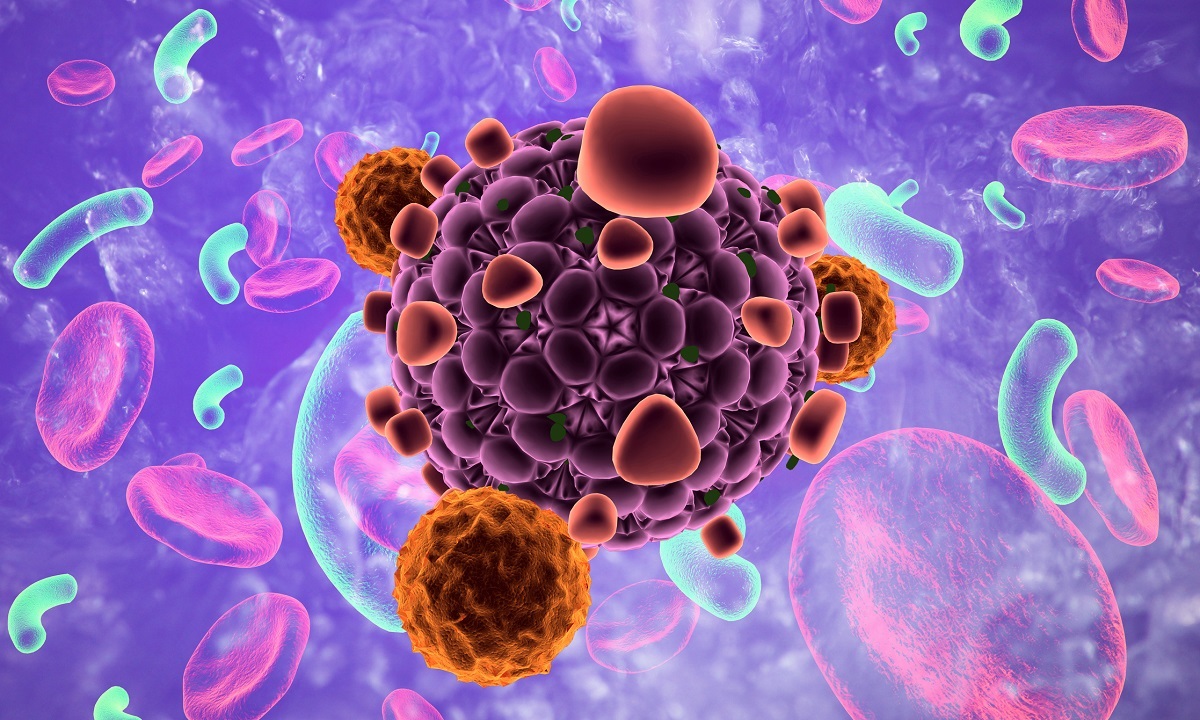KEY TAKEAWAYS
- The study aimed to investigate the prognostic value of MTA via 18F-FDG PET/CT in DLBCL patients treated with R-CHOP.
- The primary endpoints were to determine OS and PFS.
- Researchers found that pre-treatment MTA via 18F-FDG PET/CT enhances prognostic accuracy and refines risk stratification in R-CHOP treatment.
The metabolic tumour area (MTA) has emerged as a promising prognostic indicator in prostate cancer, but its significance in diffuse large B-cell lymphoma (DLBCL) prognosis, particularly when measured using 18F-FDG PET/CT, remains uncertain.
This study explores the prognostic role of MTA in DLBCL and examines its potential to enhance the predictive accuracy of the National Comprehensive Cancer Network International Prognostic Index (NCCN-IPI) in patients receiving first-line (1L) R-CHOP therapy.
Silu Cui and the team aimed to determine whether MTA can independently predict progression-free survival (PFS) and overall survival (OS) and whether the combination of MTA with NCCN-IPI can improve risk stratification and support individualized treatment strategies for patients with DLBCL.
They performed an inclusive analysis of 280 consecutive patients with newly diagnosed DLBCL, each having baseline 18F-FDG PET/CT data. Lesions were delineated using a semiautomated segmentation method based on a 41% SUVmax threshold, enabling the estimation of semiquantitative metabolic parameters, including total metabolic tumour volume (TMTV) and MTA.
To identify the optimal cut-off values for these parameters, receiver operating characteristic (ROC) curve analysis was employed. The primary endpoints of the study were PFS and OS, which were assessed using Kaplan‒Meier curves and compared via the log-rank test to evaluate the prognostic significance of MTA in patients with DLBCL.
About 280 consecutive patients with newly diagnosed DLBCL underwent univariate analysis, which revealed that those with high MTA, high TMTV, and NCCN-IPI ≥ 4 were associated with significantly inferior PFS and OS (P < 0.0001 for all). Multivariate analysis demonstrated that MTA remained an independent predictor of PFS and OS [hazard ratio (HR), 2.506; 95% confidence interval (CI), 1.337-4.696; P = 0.004; and HR, 1.823; 95% CI, 1.005-3.310; P = 0.048], whereas TMTV did not retain its significance.
Further analysis, incorporating the NCCN-IPI model as a covariate, confirmed that MTA and NCCN-IPI continued to be independent predictors of PFS (HR, 2.617; 95% CI, 1.494-4.586; P = 0.001; and HR, 2.633; 95% CI, 1.650-4.203; P < 0.0001) and OS (HR, 2.021; 95% CI, 1.201-3.401; P = 0.008; and HR, 3.869; 95% CI, 1.959-7.640; P < 0.0001). Additionally, MTA was utilized to further stratify patients with high NCCN-IPI risk scores into two distinct groups with significantly different outcomes.
The study concluded that pre-treatment MTA based on 18F-FDG PET/CT, along with NCCN-IPI, are independent predictors of both PFS and OS in DLBCL patients treated with R-CHOP. MTA provides additional prognostic value, particularly for high-risk patients with NCCN-IPI ≥ 4. Furthermore, the combination of MTA and NCCN-IPI may enhance risk stratification and assist in guiding individualized treatment options.
This study was funded by the Outstanding Talent of Changzhou “The 14th Five-Year Plan” High-Level Health Talents Training Project (2022–260) and Changzhou Clinical Medical Center (Nuclear Medicine) (CZZX202204).
Source: https://pubmed.ncbi.nlm.nih.gov/39054508/
Cui S, Xin W, Wang F, et al. (2024). “Metabolic tumour area: a novel prognostic indicator based on 18F-FDG PET/CT in patients with diffuse large B-cell lymphoma in the R-CHOP era. BMC Cancer.” 2024;24(1):895. Published 2024 Jul 25. doi:10.1186/s12885-024-12668-x



